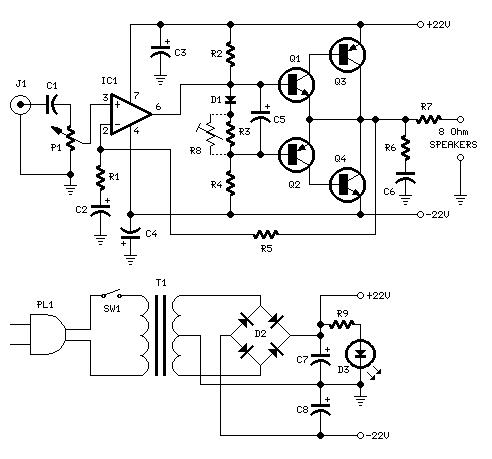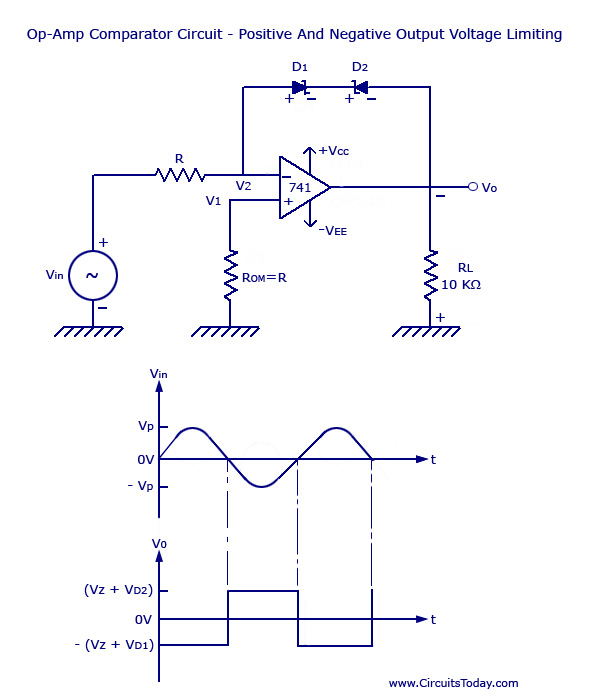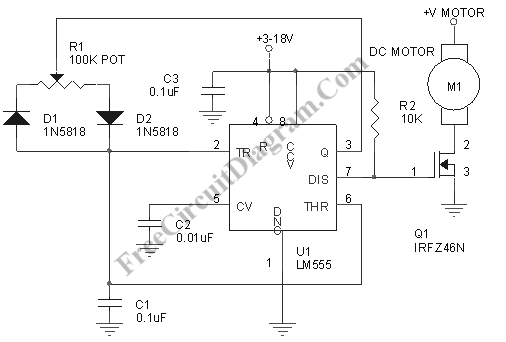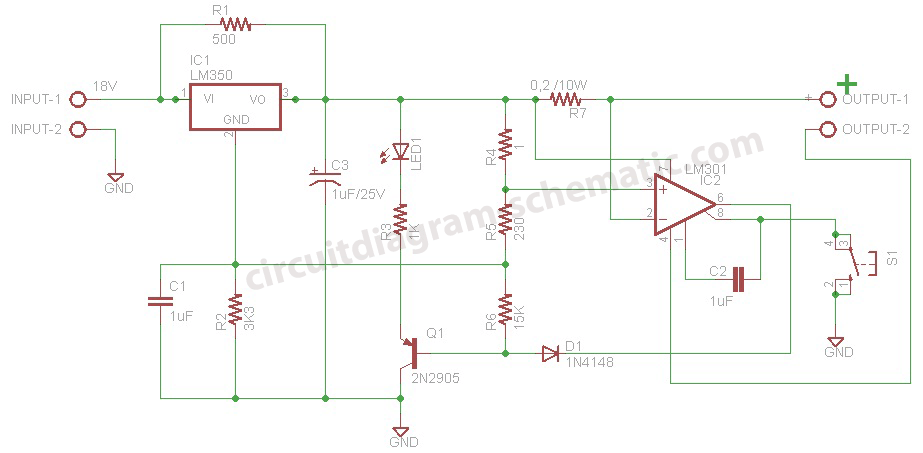
Transmitting Voice Wirelessly Using Laser

Transmitting voice wirelessly using laser technology, along with tips and tweaks to enhance your computer operating system experience.
The concept of transmitting voice wirelessly using laser involves utilizing modulated laser beams to carry audio signals over distances without the need for conventional radio frequency transmission methods. This technique capitalizes on the properties of light to achieve high fidelity audio transmission.
In a typical setup, a laser diode is used as the transmitter, which converts electrical audio signals into light pulses. The audio signal is first modulated onto the laser beam, often employing techniques such as amplitude modulation (AM) or frequency modulation (FM). The modulated light is then directed towards a photodetector, which is positioned at a distance to receive the signal. The photodetector converts the light back into an electrical signal, which can then be amplified and processed to reproduce the original audio.
Key components of this system include:
1. **Laser Diode**: The source of the laser light, which should be capable of modulating at the audio frequency range.
2. **Modulation Circuit**: This circuit is essential for encoding the audio signal onto the laser beam. It typically includes an operational amplifier to ensure the signal is strong enough for modulation.
3. **Optical Lens**: Used to focus the laser beam to minimize divergence and maximize the distance over which the audio can be transmitted.
4. **Receiver Photodetector**: A photodiode or phototransistor that detects the incoming laser light and converts it back into an electrical audio signal.
5. **Amplifier**: An audio amplifier may be required at the receiver end to enhance the output signal for clearer audio reproduction.
For optimal performance, it is crucial to consider environmental factors such as ambient light interference, which can affect the transmission quality. Implementing filters or using modulation techniques that are less susceptible to interference can help mitigate these issues.
In addition to the hardware components, software tweaks and settings in the operating system can improve the user experience when interfacing with audio applications. Adjustments in audio settings, driver updates, and system optimizations can enhance overall performance and reduce latency in audio transmission.
This method of voice transmission represents a novel approach to wireless communication, leveraging the advantages of light-based technology for efficient and high-quality audio delivery.Transmitting Voice Wirelessly Using Laser, Tips & Tweaks, Windows tips and tweaks to enrich your computer operating system experience .. 🔗 External reference
The concept of transmitting voice wirelessly using laser involves utilizing modulated laser beams to carry audio signals over distances without the need for conventional radio frequency transmission methods. This technique capitalizes on the properties of light to achieve high fidelity audio transmission.
In a typical setup, a laser diode is used as the transmitter, which converts electrical audio signals into light pulses. The audio signal is first modulated onto the laser beam, often employing techniques such as amplitude modulation (AM) or frequency modulation (FM). The modulated light is then directed towards a photodetector, which is positioned at a distance to receive the signal. The photodetector converts the light back into an electrical signal, which can then be amplified and processed to reproduce the original audio.
Key components of this system include:
1. **Laser Diode**: The source of the laser light, which should be capable of modulating at the audio frequency range.
2. **Modulation Circuit**: This circuit is essential for encoding the audio signal onto the laser beam. It typically includes an operational amplifier to ensure the signal is strong enough for modulation.
3. **Optical Lens**: Used to focus the laser beam to minimize divergence and maximize the distance over which the audio can be transmitted.
4. **Receiver Photodetector**: A photodiode or phototransistor that detects the incoming laser light and converts it back into an electrical audio signal.
5. **Amplifier**: An audio amplifier may be required at the receiver end to enhance the output signal for clearer audio reproduction.
For optimal performance, it is crucial to consider environmental factors such as ambient light interference, which can affect the transmission quality. Implementing filters or using modulation techniques that are less susceptible to interference can help mitigate these issues.
In addition to the hardware components, software tweaks and settings in the operating system can improve the user experience when interfacing with audio applications. Adjustments in audio settings, driver updates, and system optimizations can enhance overall performance and reduce latency in audio transmission.
This method of voice transmission represents a novel approach to wireless communication, leveraging the advantages of light-based technology for efficient and high-quality audio delivery.Transmitting Voice Wirelessly Using Laser, Tips & Tweaks, Windows tips and tweaks to enrich your computer operating system experience .. 🔗 External reference





